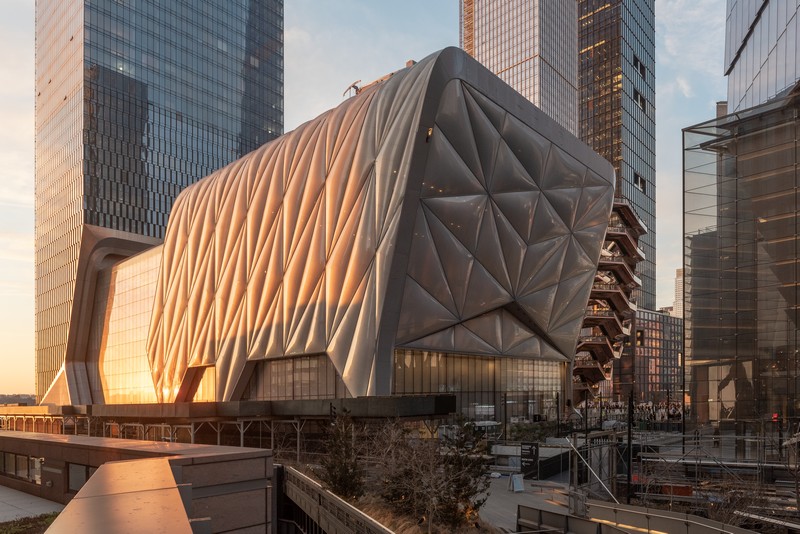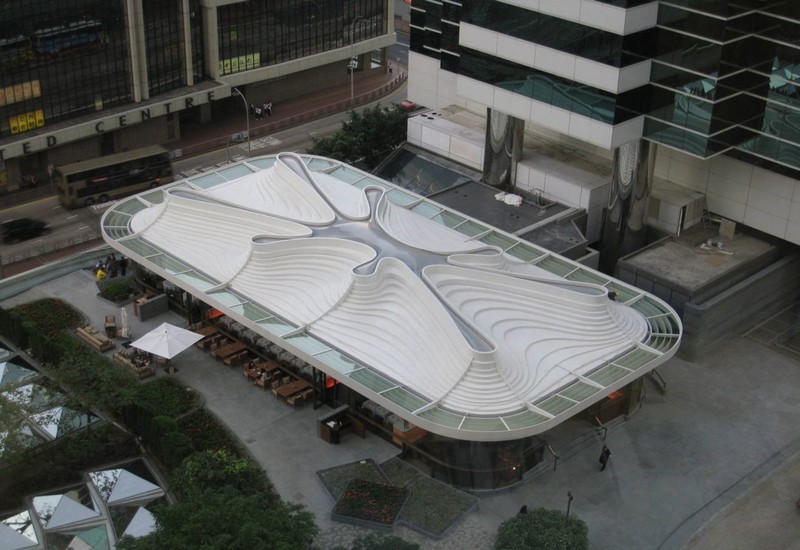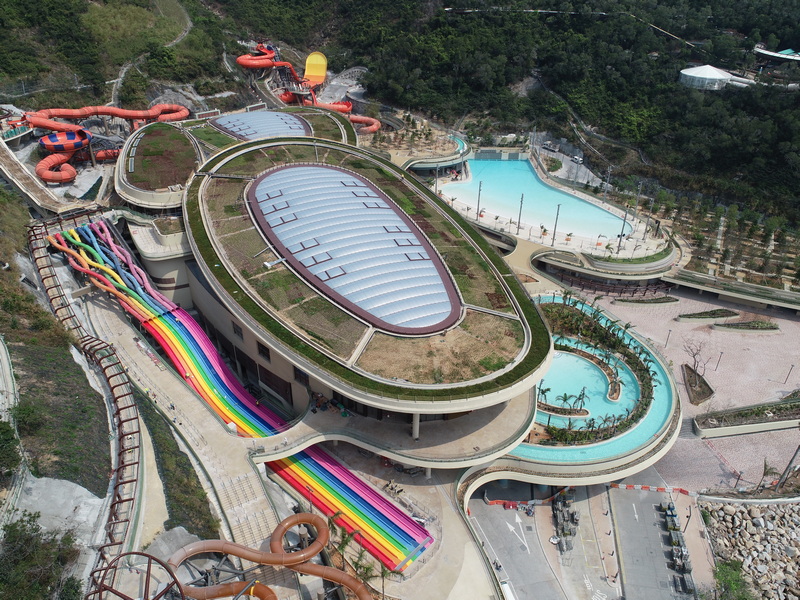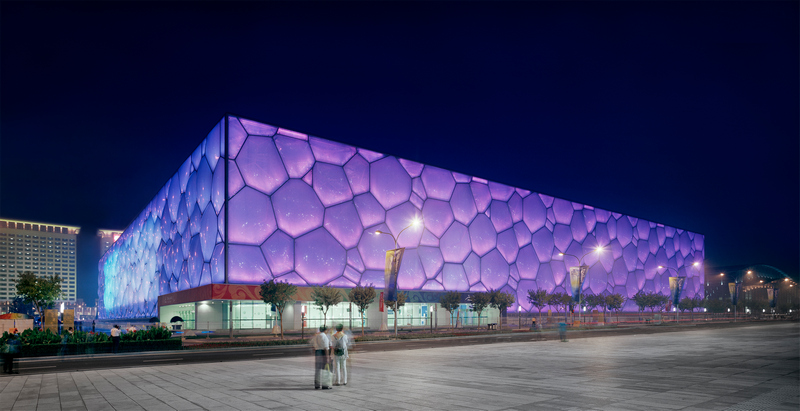In the fast-evolving landscape of modern construction, sustainability and innovation are not just buzzwords but essential pillars of progress. At the forefront of this revolution stands Vector Foiltec, the inventor of the Texlon® ETFE system.
Renowned for its groundbreaking applications, Texlon® ETFE is transforming architectural design and building practices across the globe. With over 1,700 iconic projects worldwide, Vector Foiltec has a proven track record of excellence and innovation. Here’s why this advanced material is an ideal choice for construction projects in Hong Kong, a city known for its dynamic skyline and ambitious environmental goals.
Sustainability & Decarbonization
As the world grapples with the urgent need to address climate change, the construction industry is under increasing pressure to reduce its carbon footprint. ETFE (ethylene tetrafluoroethylene) is emerging as a frontrunner in sustainable building materials. Its production involves significantly lower energy consumption compared to traditional materials like glass and steel, resulting in a reduced carbon footprint. Moreover, ETFE is fully recyclable, ensuring that its environmental impact is minimal even at the end of its lifecycle.
Hong Kong, with its commitment to achieving carbon neutrality by 2050, can greatly benefit from incorporating ETFE into its construction projects. The lightweight nature of ETFE allows for efficient transportation and installation, further reducing greenhouse gas emissions. Additionally, buildings made with ETFE require less structural support, leading to a decrease in the overall use of materials and resources.
LEED and WELL Consideration
Green building certifications such as LEED (Leadership in Energy and Environmental Design) and WELL (focused on enhancing health and wellness in buildings) are becoming benchmarks for sustainable and healthy construction. ETFE’s properties align seamlessly with the criteria set by these standards.
ETFE’s exceptional light transmission, which can be up to 95%, significantly reduces the need for artificial lighting, thereby cutting down on energy consumption. Its UV transparency allows for natural daylighting, which has been shown to improve occupant well-being and productivity—key considerations for WELL certification. Furthermore, ETFE cushions can be printed to control solar gain, contributing to energy efficiency and thermal comfort within buildings.
For LEED certification, ETFE’s contribution to reducing energy loads and improving building performance can garner points in several categories, including Energy & Atmosphere, Materials & Resources, and Indoor Environmental Quality. Hong Kong’s building developers aiming for LEED or WELL certification will find ETFE an invaluable asset in achieving these prestigious accolades.
High Wind Loads
Hong Kong’s coastal location subjects it to frequent typhoons and high wind loads, presenting a significant challenge for building materials. ETFE, with its remarkable strength-to-weight ratio, offers an ideal solution. The material is capable of withstanding extreme weather conditions, including high wind speeds and heavy rain, without compromising its structural integrity.
The flexibility and resilience of ETFE make it particularly suitable for Hong Kong’s climate. It can be engineered to accommodate significant deformation under load without damage, and its pneumatic cushioning system can absorb and dissipate impact forces effectively. This ensures that structures remain safe and secure during severe weather events, a crucial consideration for any building in Hong Kong.
Innovative Applications: Surbana Jurong Campus
One of the most striking examples of ETFE’s innovative applications in Asia is the Surbana Jurong Campus in Singapore. This project stands out as the first and only ETFE installation in Asia where the cushions are mounted on cables, demonstrating ETFE’s versatility and adaptability. This cutting-edge design not only enhances the aesthetic appeal of the structure but also showcases ETFE’s capability to integrate with complex architectural elements. The success of the Surbana Jurong Campus underscores the potential for similar visionary projects in Hong Kong, setting a precedent for future developments.
Transforming Hong Kong’s Architectural Landscape with ETFE
Vector Foiltec’s Texlon® ETFE system is not just a material but a visionary approach to modern construction. By prioritizing sustainability, supporting LEED and WELL certifications, and offering resilience against high wind loads, ETFE stands out as an exemplary choice for Hong Kong’s ambitious building projects. As the city continues to push the boundaries of architectural innovation while striving for environmental stewardship, ETFE represents a harmonious blend of strength, sustainability, and sophistication.
For developers and architects in Hong Kong, embracing ETFE means investing in a future that is not only visually stunning but also environmentally responsible and structurally resilient. It is a step towards a smarter, greener, and more sustainable urban landscape.

Timothy Schenck The Shed 
Hong Kong-L4 Restaurant, Pacific Place 
Hong Kong -Ocean Park – credit Aedas Ltd 
CHINA, Peking, 23.9.2008, Nationale Schwimmzentrum (Water Cube) in Peking, Architekten: PTW Architects, Fertigstellung: 2008, Bildtechnik: Negativ Mittelformat, [©(c)Werner Huthmacher












